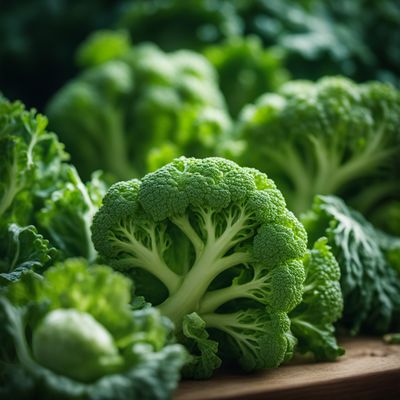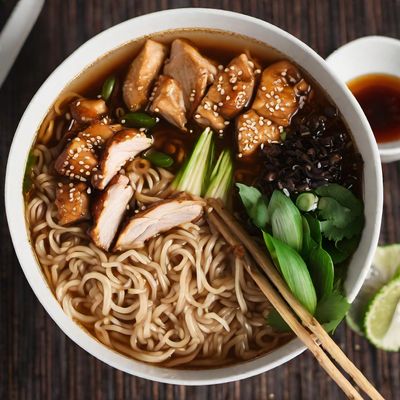
Ingredient
Baby leaf brassica crops
The Delicate Greens: Exploring the World of Baby Leaf Brassica Crops
Baby leaf brassica crops, such as kale, arugula, and mustard greens, are harvested at an early stage when their leaves are tender and flavorful. These greens boast a range of colors, including deep green, purple, and red, and have a delicate, slightly crisp texture. With a flavor that can range from mild and earthy to peppery and slightly bitter, baby leaf brassica crops offer a delightful balance of taste and texture to elevate any dish.
Origins and history
Brassica crops have a rich history dating back thousands of years, originating in the Mediterranean region and Asia. Kale, for example, has been cultivated since ancient times and was a staple in Greek and Roman diets. Over time, these crops spread across Europe and eventually reached the Americas. Today, baby leaf brassica crops are enjoyed worldwide for their culinary versatility and nutritional benefits.
Nutritional information
Baby leaf brassica crops are packed with essential nutrients, including vitamins A, C, and K, as well as folate, calcium, and fiber. They are low in calories and rich in antioxidants, making them a nutritious addition to any diet.
Allergens
There are no known allergens associated with baby leaf brassica crops.
How to select
When selecting baby leaf brassica crops, look for vibrant, fresh leaves that are free from wilting or yellowing. Avoid any leaves with signs of damage or discoloration. Opt for organic options when possible to ensure the highest quality and minimize exposure to pesticides.
Storage recommendations
To maintain the freshness and quality of baby leaf brassica crops, store them in a plastic bag or airtight container in the refrigerator. They can typically last for up to a week when properly stored.
How to produce
Amateur gardeners can easily grow baby leaf brassica crops in their own backyard or even in containers. Start by sowing seeds in well-draining soil and provide regular watering. These crops thrive in cool weather, so consider planting them in early spring or fall for optimal growth.
Preparation tips
Baby leaf brassica crops can be enjoyed raw in salads, added to sandwiches, or used as a bed for other ingredients. They can also be lightly sautéed or stir-fried to enhance their flavors. To prepare, wash the leaves thoroughly, remove any tough stems, and pat them dry before incorporating them into your desired recipe.
Substitutions
If baby leaf brassica crops are not available, you can substitute them with other leafy greens such as spinach, Swiss chard, or lettuce.
Culinary uses
Baby leaf brassica crops are commonly used in salads, sandwiches, and wraps to add a fresh and vibrant element. They can also be incorporated into pasta dishes, soups, and stir-fries for added texture and flavor.
Availability
Baby leaf brassica crops are commonly available in various regions worldwide, including North America, Europe, and Asia.



